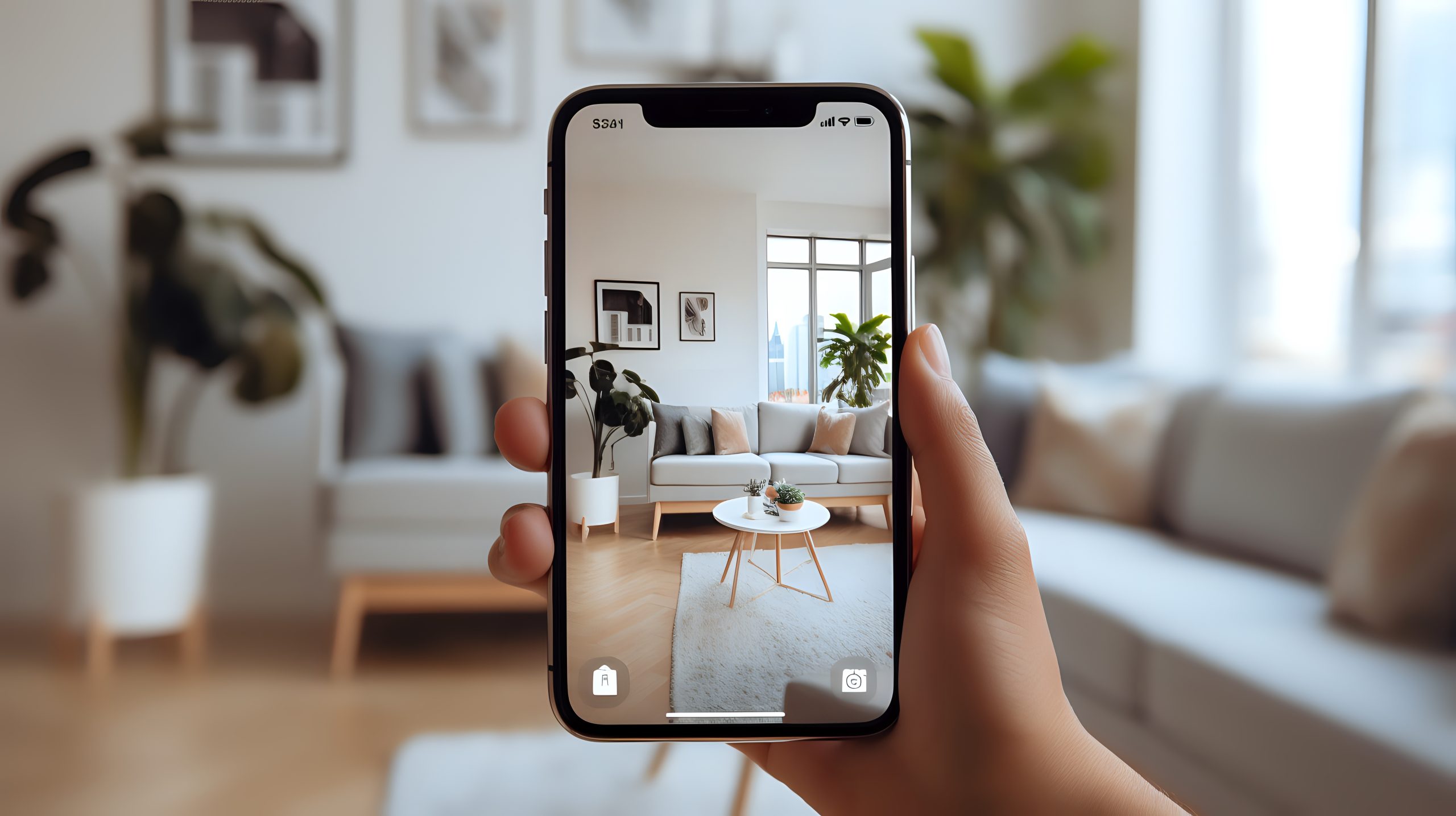Home staging isn’t just for buyers – it’s a blueprint for how you can live better.
It’s a proven real estate strategy: a well-staged home brings stronger offers. In fact, most staged homes sell faster and at a higher price than unstaged homes. And professional home stagers are skilled at weighing a number of design and logistical factors as they lay out a room to create a welcoming scene that invites buyers to picture themselves living there.
But the benefits of home staging go beyond getting a property ready for its close-up, and smart homeowners are “staging for living” as a way to create harmony within their four walls while they live there. Removing excess “visual noise” while also highlighting intentional focal points and easy transitions throughout the home allows for less psychological and physical stress, letting the rooms “guide” behavior and creating an intentional and comforting vibe. Plus, it’s easier to clean!
By applying a few of the tactics professional stagers use, you can give your home a refresh that keeps you feeling focused and calm, and provides an easy template for keeping your home in tip-top shape for welcoming visitors.
Start With a Stager’s Eye
Stagers know that creating a cohesive and inviting space is more than just rearranging furniture and plumping some decorative pillows. How people move within a space matters as much as what the room is designed for. When laying out your home, keep these important things in mind:
- Flow: You’ll want to create ways to physically and visually move throughout the home, placing furniture so that pathways are unobstructed and guide people in practical ways throughout the space. Don’t block walkways or windows and scale furniture so that it doesn’t restrict movement or lines of vision. But this doesn’t necessarily mean that furniture has to be stacked against a wall. Look for ways to configure furniture to create intimate conversation areas or “float” pieces to divide a larger room.
- Focal point: Create interest in a room by finding a dominant feature and drawing eyes toward it. Think: the wall behind a bed, a fireplace, a picture window, a favorite piece of artwork, or a stellar antique. Arrange furniture to angle it toward the focal point and use lighting to create additional depth and interest.
- Color discipline: Ever heard of the 60-30-10 rule? It’s a design tool that creates a proportional and cohesive palette across rooms. The largest proportion is your primary color and should be used for wall paint and large furniture, while 30 percent in your secondary hue is used for window treatments, specialty trim, and accent furniture – all in support of the primary color. The final 10 percent is an accent shade for smaller decorative pieces, pillows, blankets, etc. These proportions prevent your chosen colors from feeling too overpowering or, alternatively, from being too minimal to notice.
- Lighting: It’s one of the most important elements in a space, so choosing the correct lighting scale is essential. Decide what type of lighting you need – a combination of ambient, task, and accent – and layer it throughout the room. Note: you’ll need more lighting than you think so use this opportunity to be creative.
Declutter, Declutter, Declutter
There’s no getting around it: the fastest way to bring peace and calm to your home is to fill it with less stuff.
The good news is that there are any number of decluttering methods for inspiration – KonMari, Swedish Death Cleaning, Four Boxes, etc. – to get you started on the path to getting that “stuff” out of your home. You won’t need to go as bare bones and depersonalized as homes that are on the market; your home should reflect your personality and be comfortable. The goal here is to remove visual distractions, create clean and open spaces, and give the things in your home that bring joy and excitement a chance to shine. Think of it as curating your favorite things rather than cataloging everything you own.
- Be brave! Aim to remove a third of items and retain what has a purpose, is practical, or is meaningful.
- Make sure what remains has a place to be stored or showcased.
- Keep flat surfaces as clear and tidy as possible and resist the urge to place too many accessories on counters, tables, and shelves.
- Make the small repairs or upgrades you’ve been putting off. For example, matching faceplates for light switches and outlets are an easy way to create visual uniformity, while patching holes and wall cracks can prevent long-term damage.
- Spend 10 minutes a day (or an hour a week) putting items away or removing them if they aren’t useful. Maintenance is key to keeping the clutter at bay.
- Apartment dwellers, you have options, too!
Putting It All Together
With the home cleared and cleaned and the flow mapped out, you’re ready to bring everything together to create and maintain the perfect scene for each room.
- “Shop” your home for furniture or accessories that might work better in a different context. For example, repurpose a small bedroom bookcase into a cocktail mini-bar that showcases your special glassware. Rotate pieces throughout the home depending on the season or activities within the home.
- Buy seasonal items that can add new energy to a space without having to redecorate.
- Develop systems throughout the home to prevent clutter and keep a healthy flow throughout. Have specific places and holders for keys, phones, leashes … anything that’s easy to put down but easy to forget where. This will reduce stress and keep clutter to a minimum.
- If you find yourself pulled off-track, imagine you’re visiting an upscale hotel or a fun vacation rental and imagine the things they have on display and what is tucked away to create a serene, welcoming stay. Or stop by an open house and look at how the home has been staged to get re-inspired.
At the end of the day, staging for living isn’t about creating a showroom – it’s about curating a home that works for you. By blending comfort with intention, you create spaces that feel open yet inviting, organized yet personal. The payoff is more than just a beautiful room: it’s the daily ease of moving through your home with less stress, more focus, and a calm that carries into every part of your life.
Whether you’re thinking of making a move or just want an idea of how you could live better in your current home, our Corcoran McEnearney team can walk you through your own ‘live better now, sell better later” plan.
Karisue Wyson
Karisue Wyson is the Director of Education for Corcoran McEnearney and was previously a Top Producing Realtor® in the Alexandria Office.
Visit corcoranmce.com to search listings for sale in Washington, D.C., Maryland, Virginia, and West Virginia.
Don’t miss a post! Get the latest local guides and neighborhood news straight to your inbox!

 Facebook
Facebook
 X
X
 Pinterest
Pinterest
 Copy Link
Copy Link







